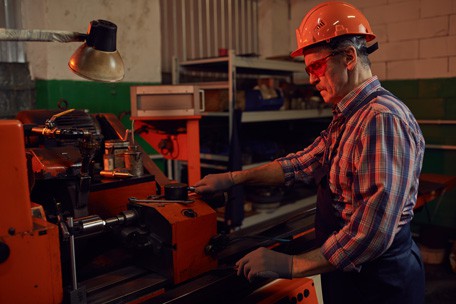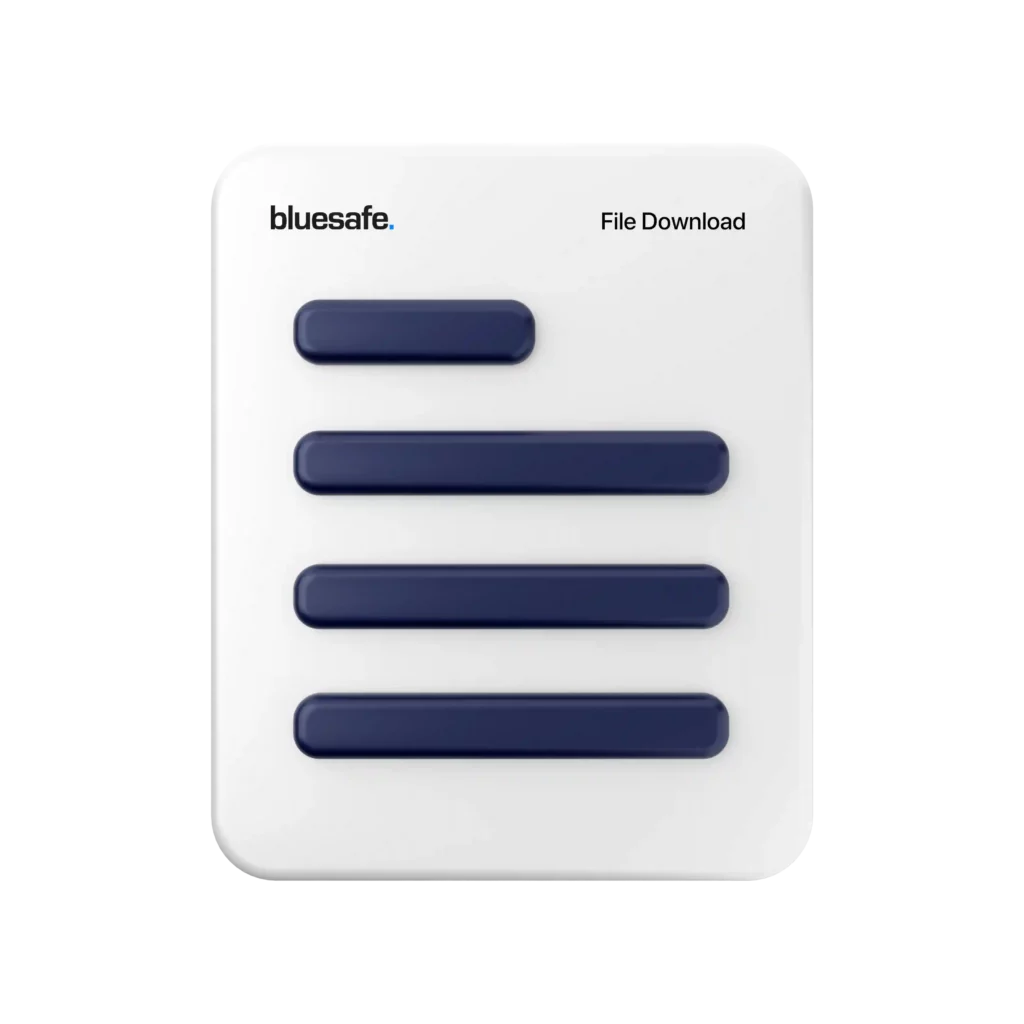Gary’s Safety Tips 
Hey, everyone! It’s your safety guy Gary, and today I want to talk about how to conduct a job hazard analysis for safe work method statements. If you’re in any industry where safety is a top priority, it’s crucial to have a solid plan in place to ensure that everyone on the job site is protected.
A job hazard analysis (JHA) is a process that involves identifying potential hazards associated with a particular job or task, assessing the level of risk associated with each hazard, and developing controls to eliminate or mitigate the risks. Here are some steps to help you conduct a JHA for safe work method statements.
- Identify the Job or Task
The first step in conducting a JHA is to identify the job or task that needs to be analysed. This could be anything from operating heavy machinery to working at heights. It’s important to be as specific as possible when identifying the job or task.
- Break Down the Job or Task into Steps
Once you’ve identified the job or task, you need to break it down into steps. This will help you identify potential hazards associated with each step. For example, if the job is operating heavy machinery, the steps might include inspecting the machinery, starting the machinery, and operating the machinery.
- Identify Potential Hazards
Once you’ve broken down the job or task into steps, you need to identify potential hazards associated with each step. Hazards could include things like electrical hazards, chemical hazards, or physical hazards. It’s important to be as thorough as possible when identifying potential hazards.
- Assess the Level of Risk
After identifying potential hazards, you need to assess the level of risk associated with each one. This involves looking at the likelihood of the hazard occurring and the potential consequences if it does. You can use a risk matrix to help you with this. A risk matrix is a tool that helps you determine the level of risk associated with each hazard.
- Develop Controls
Once you’ve assessed the level of risk associated with each hazard, you need to develop controls to eliminate or mitigate the risks. Controls could include things like engineering controls, administrative controls, or personal protective equipment (PPE). It’s important to select controls that are appropriate for the level of risk associated with each hazard.
- Implement and Communicate Controls
Once you’ve developed controls, you need to implement them and communicate them to your team. This could involve things like providing training on the controls, posting signs, or making changes to the work environment. It’s important to ensure that everyone on the job site understands the controls and knows how to use them.
- Review and Update
Finally, it’s important to review and update your JHA regularly. This is because things can change on the job site, and new hazards can arise. You need to ensure that your JHA is always up-to-date and reflects the current state of the job site.
In conclusion, conducting a job hazard analysis is a crucial step in developing safe work method statements. By identifying the job or task, breaking it down into steps, identifying potential hazards, assessing the level of risk, developing controls, implementing and communicating controls, and reviewing and updating regularly, you can create a plan that keeps everyone on the job site safe. So, get started today and make safety your number one priority!
Cheers,

![]()






